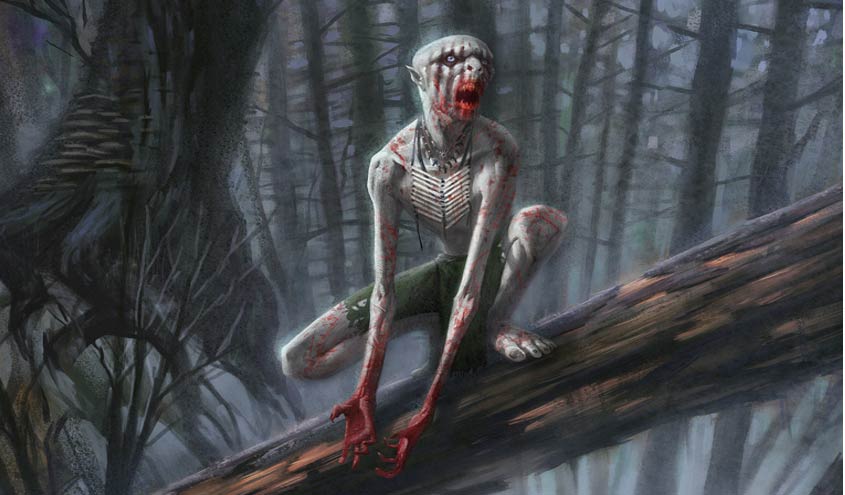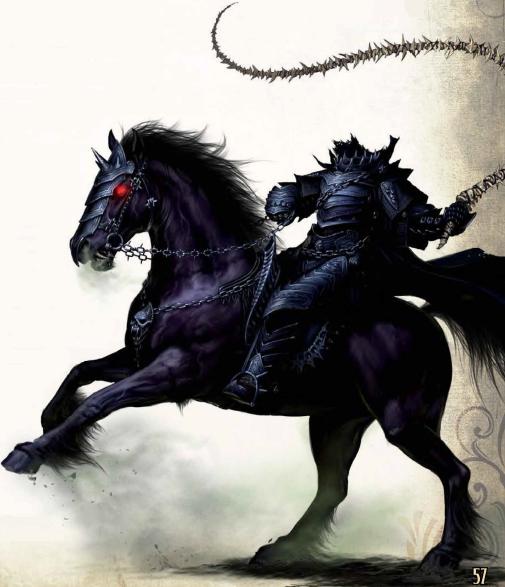Today we travel to the part of North America that the Algonquin people call their home in order to discuss a truly terrifying legend an evil spirit that prowls the northern forests of the Atlantic coast a monster that can be found up and down the Great Lakes region of the United States in Canada the creature that I’m referring to is part of the most famous set of stories to originate from Algonquin folklore these stories indeed refer to the Wendigo some believed that it was a large monster another saw it as a spirit capable of possession the manner in which the Windigo manifests itself depends entirely on the beliefs of the individual and the Algonquin can be broken down into several groups of indigenous people if we put aside the one Digos appearance briefly there was a general agreement as to what the Windigo was and what it represented it is almost always associated with cannibalism famine and greed that came of the long cold winters which is why so many saw it as a malevolent supernatural entity so what does the wendigo actually look like there are two very distinct archetypes that I’m sure many of you would recognize a large lurking demonic beast normally of the head or skull of a stag complete or some kind of antlers or horns this type of Wendigo is one that has become quite popular today and it’s an image that I’m sure many of you recognize from a lot of popular media but this particular image seems to be a more modern interpretation I remember seeing this imagery when first watching the TV show Hannibal which of course has its own underlying themes of murder and cannibalism at the time.
I didn’t really understand the Wendigo symbolism because I didn’t really know much about the Windigo and its own association of cannibalism and acts of evil so why does this version of the Wendigo have antlers and fur reminiscent of a stag sadly I couldn’t really find a conclusive answer there isn’t much mention of the Wendigos appearance in traditional Algonquin folklore and what we do see certainly doesn’t describe a stag so there could be some confusion between the concept of the Navajos skinwalker or this very well could be a modern stylistic interpretation either way the stag is an animal that appears in folklore all around the world though it’s normally associated with woodland deities and fertility it’s also an animal that the Native Americans highly respected so if we do go with the concept that the Wendigo was seen as a symbol of corruption the fact that it then manifests as an animal that the natives held in such high regard makes it seem as if nothing is safe from the Wendigos curse which does highlight the seriousness of the warnings and meanings interwoven into these stories the more traditional appearance of the Wendigo is closer to a haggard and decomposing corpse its skin is stretched extremely tightly over its bones creating a thin translucent layer of desiccated flesh from which its bones work ready to burst its complexion varies from a sickly white to an ashy gray it as long as spindly fingers with sharp nails that it uses to tear its victims into pieces the easiest way to describe this type of Wendigo is as a gaunt skeleton that looks like it has risen from the grave.

Wendigo – The Man-Eating Monster of Algonquian Folklore
Wherever the Wendigo goes it is followed by the odor of death and decay it is a vile creature with jagged misshapen teeth that at times resemble yellow fangs in this form the Windigo may be a creature that resembles a humanoid but I assure you they are nothing short of anyone’s worst nightmare there’s an interesting description that comes from a new law that believed Wendigos were giant creatures made of ice that would dwarf over human beings and this was because every time I went to go ate a person they would grow in proportion to the meal so the bigger the meal the bigger they grew and this was one of the ways they used to describe the Wendigos insatiable hunger because it created this vicious cycle where the more than when they go consumed the bigger and stronger they grew but it would have to consume more and more to satisfy its ever-growing hunger this definitely gives us an interesting contrast you have these enormous gluttonous creatures and then you have these thin gaunt husks that are wasting away but both still suffer from starvation and that is what we consider the curse of the wendi-go it’s hunger can never be sated its quest for new victims is eternal when the girls are always regarded as evil and this is in no doubt because of the cannibalistic nature but how does one become such an evil entity there is the belief that humans could turn into Wendigos if they were overcome by greed these stories are told as a way to encourage moderation and essentially scare individuals into behave in a certain way those who committed unspeakable acts of cannibalism were also thought to become Wendigos and this belief is where many attribute the start of the wendi-go legend there were however extremely dark times where famine was so bad that people had no choice but to resort to cannibalism just in order to survive and make it through the long cold winter it’s not really common today but in times of extreme famine some of the Native American people would perform a ceremonial dance that involved wearing a mask and dancing backwards behind the drum this ceremony was mostly considered to be a satirical way to reinforced the seriousness of the Wendigo taboo many saw the Wendigo as a metaphor that represented imbalance and disharmony not only in an individual but in society as a whole this idea of selfishness does also tile of the fact that when they goes was seen as solitary creatures often being referred to as spirits of the lonely places.
So what makes the Wendigo so special and why are we so scared of them the possession of a Windigo isn’t like your generic spirit or demon it chooses its victim very carefully and slowly eats away at their sanity it enters a thoughts and plagues their mind of countless nightmares unable to sleep they start experiencing a burning sensation throughout their entire body this has been described as Wendigo fever and there have been countless tales of people running stark naked through forests at the dead of night claiming that they have when they go fever now as a supernatural entity you’d expect some kind of supernatural abilities and most of these are exactly what you would imagine the Wendigo is extremely fast and has unnatural strength despite how frail some of them may look as expert hunters they have heightened endurance and senses making it so they can hunt in all manner of terrain and temperature the older the Wendigo gets the stronger it becomes as its corruption spreads through the forests so does its influence on nature some are capable of controlling woodland creatures and others are so powerful they can control the weather with the eldest able to summon a darkness capable of concealing the Sun making it so no one is safe regardless of time or location despite what we perceive to be just stories there have been numerous cases over the years of people committing horrid crimes claiming that they were possessed by a Wendigo in 1878 a Native American man named Swift runner butchered and ate his entire family that winter was said to have been particularly harsh and swift honest son had sadly died because of the extreme conditions now we don’t know if swift run and his family ate the boy to survive but the mutilated remains of his wife and five other children were later found he eventually confessed to killing and eating his entire family but he was adamant that his actions were due to a Wendigo possession so did devar and his son turned him into a Wendigo did he butcher his family because he felt they wouldn’t survive the winter or did he value the self-preservation of his own life over his families the answer to those questions will most likely never know another rather famous case is that of Jack fiddler and his brother Joseph who were arrested for the murder of over a dozen people as the chief of his people.
Jack was thought to be capable of removing evil which is why he got away of killing so many claiming that they were all possessed by a Wendigo Jack managed to escape captivity during a routine walk outside and he eventually hung himself before the trial came to a conclusion his brother Joseph, however, wasn’t so lucky he was sentenced to death by magistrate Ellsworth Perry despite the numerous appeals of his innocence Joseph ironically enough was eventually given a pardon but it came three days after his death in 1909 these type of cases led people to believe that it might be a more serious mental issue one that would later be dubbed Wendigo psychosis the deep craving for flesh but whether it was a real mental disorder is something that was heavily debated as the number of reported cases decreased dramatically in the 20th century when the Algonquin people adapted to European ideologies and began to live less rural lifestyles there’s no doubt that the Wendigo myth has changed and evolved over the years it’s now become another month so that reflects on issues as humans greed selfishness and in some extreme or metaphoric cases cannibalism it’s unlikely that many of the Native American tribes still believe in the legends of the Wendigo as adamantly as they once did to them the Wendigo was an evil spirit that embodied everything they hated it can be interpreted as a symbol of corruption from what they perceived to be outsiders change in their landscape in the beliefs of their people the stories of the Wendigo were used as a way to encourage a balanced lifestyle and respect for one’s peers and the world surrounding them a creature with insatiable hunger a spirit capable of possession or a story meant to encourage cooperation and warn against the dangers of greed you decide before we do.


